Weekly Newsletter
Curated articles every weekApplied Sports Science Weekly Digest #345

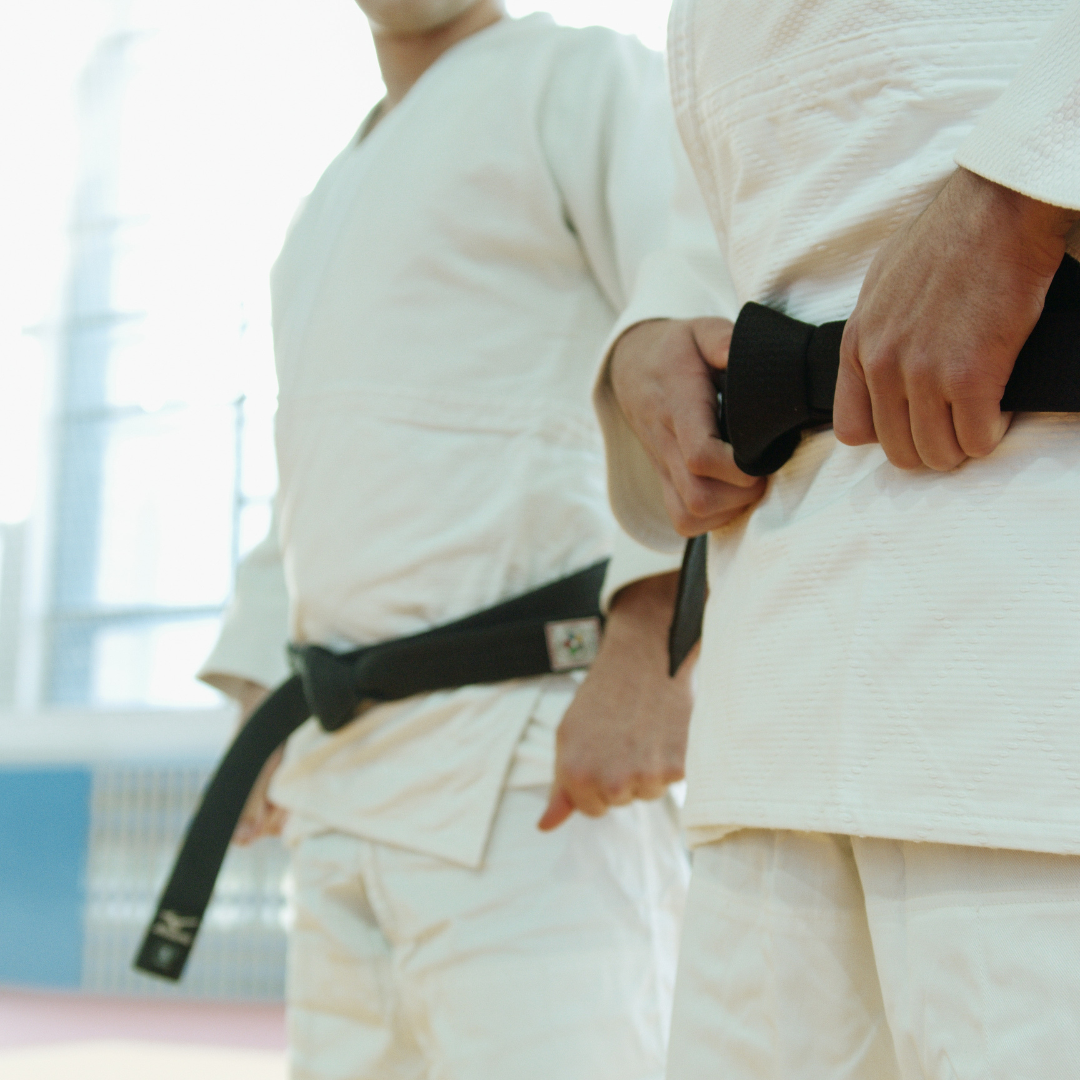
Frontiers in Sports and Active Living | April 2023
Judo for older adults: the coaches’ knowledge and needs of education
“Our study highlights the crucial role of coaches’ knowledge and education needs in facilitating effective and safe judo programs for older adults. “
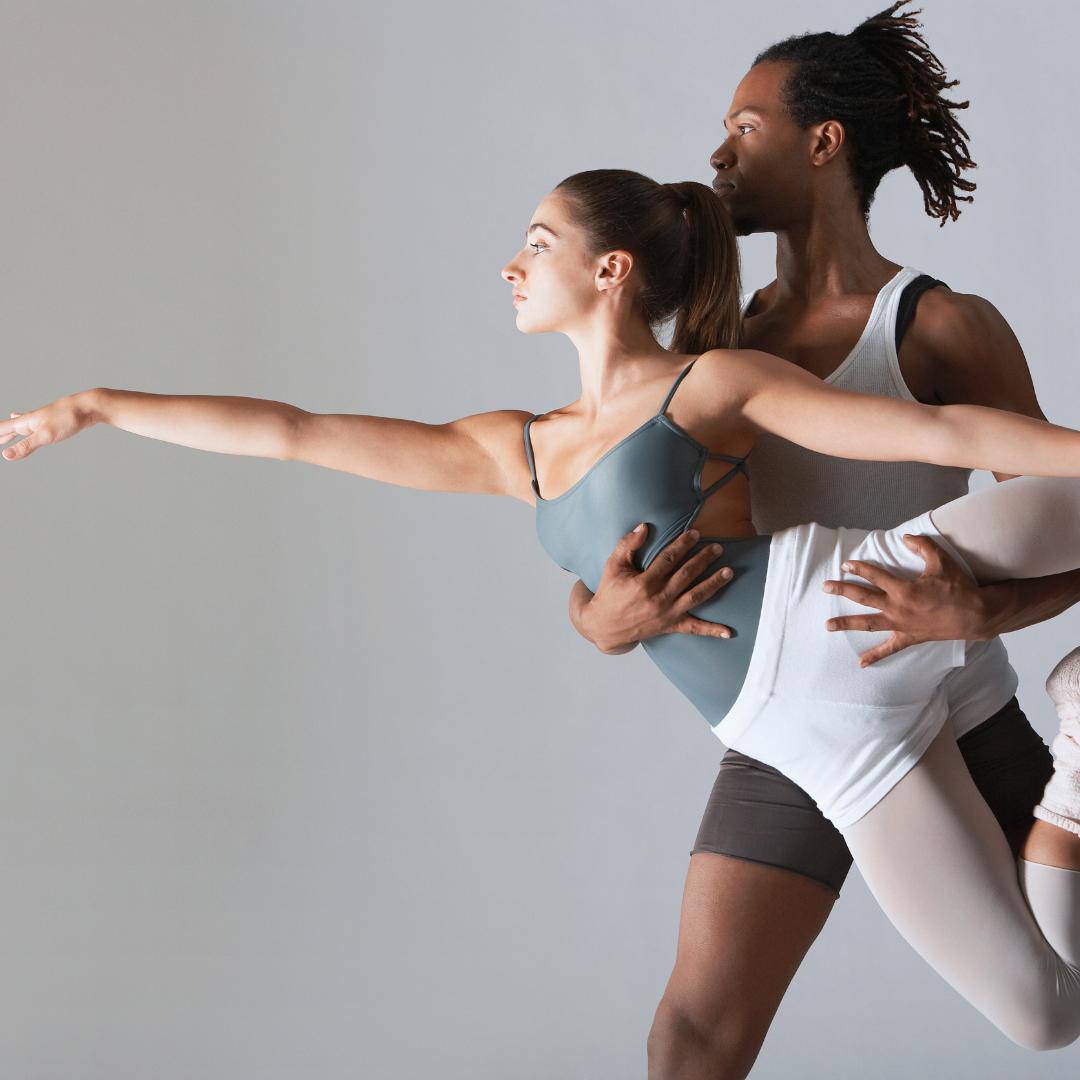
Journal of Science and Medicine in Sport | March 2024
Embodied collaborative writing in graduate dance education
“The authors, an instructor and a student of the course, share their experiences and reflections on the course through an embodied presentation of a dialogue that combines the instructor’s lecture notes, the student’s learning journal entries, and their reflections both separately and in conversation with each other.”
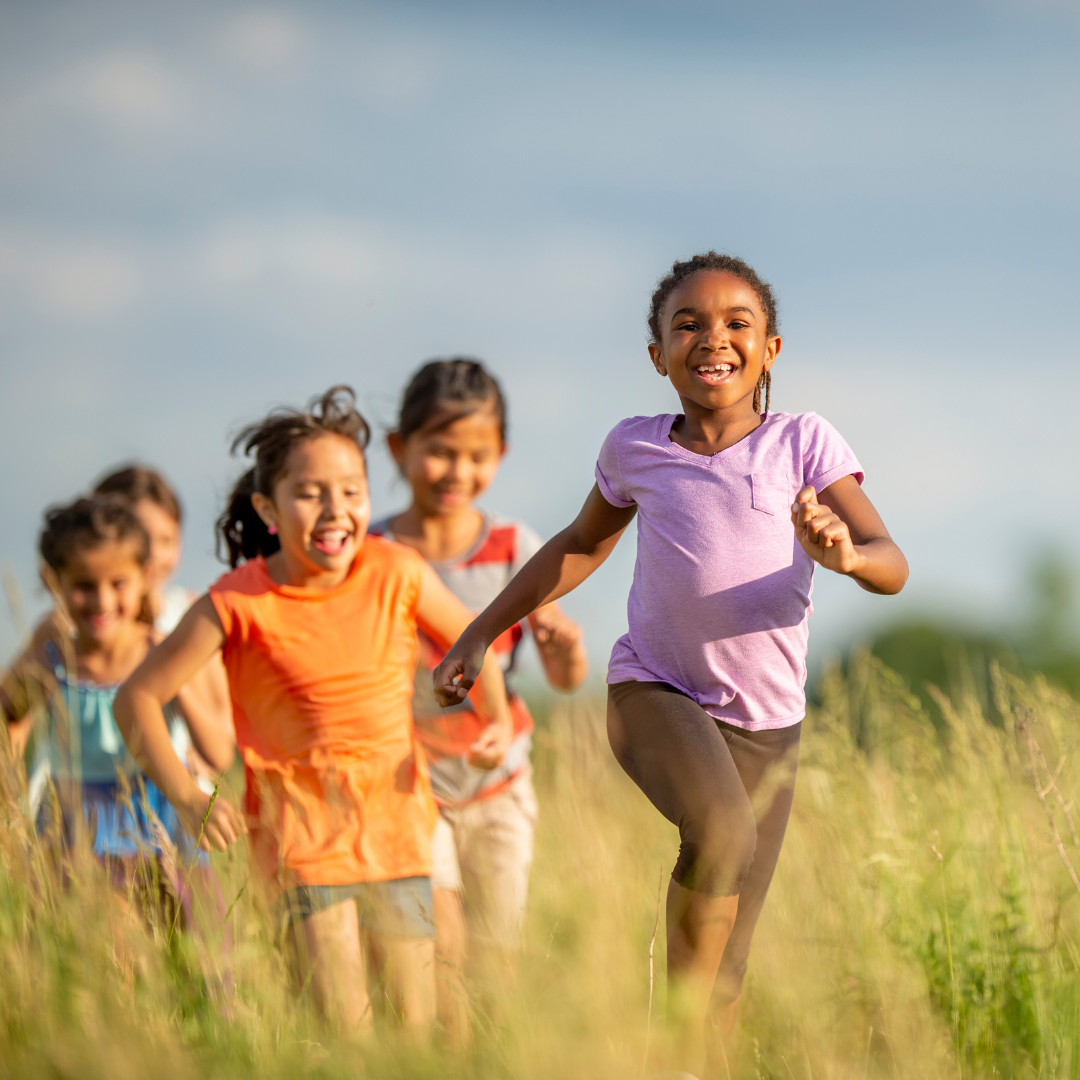
Frontiers in Sports and Active Living | March 2023
Tracking of MVPA across childhood and adolescence
“This study suggests there is a need to establish high MVPA by mid-childhood, and to mitigate the age-related reduction in MVPA which occurs from mid-childhood.“
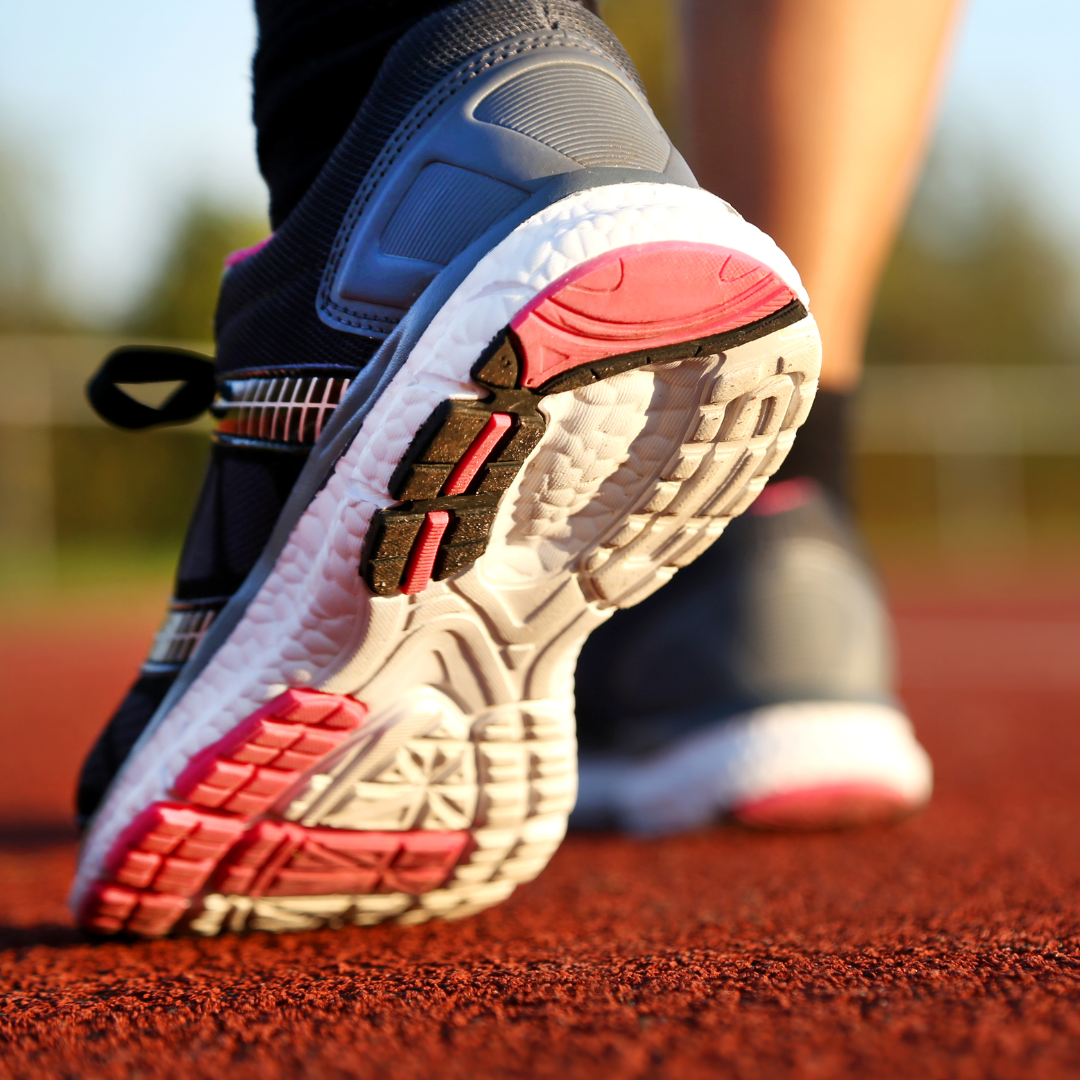
Journal of Science and Medicine in Sport | March 2024
Advancing athlete development: how percentile comparison methods can identify youth developmental profiles (PCMs)
“Overall and with practical considerations, PCMs can improve the validity of youth athletic performance evaluation as well as inform athlete development programming.“
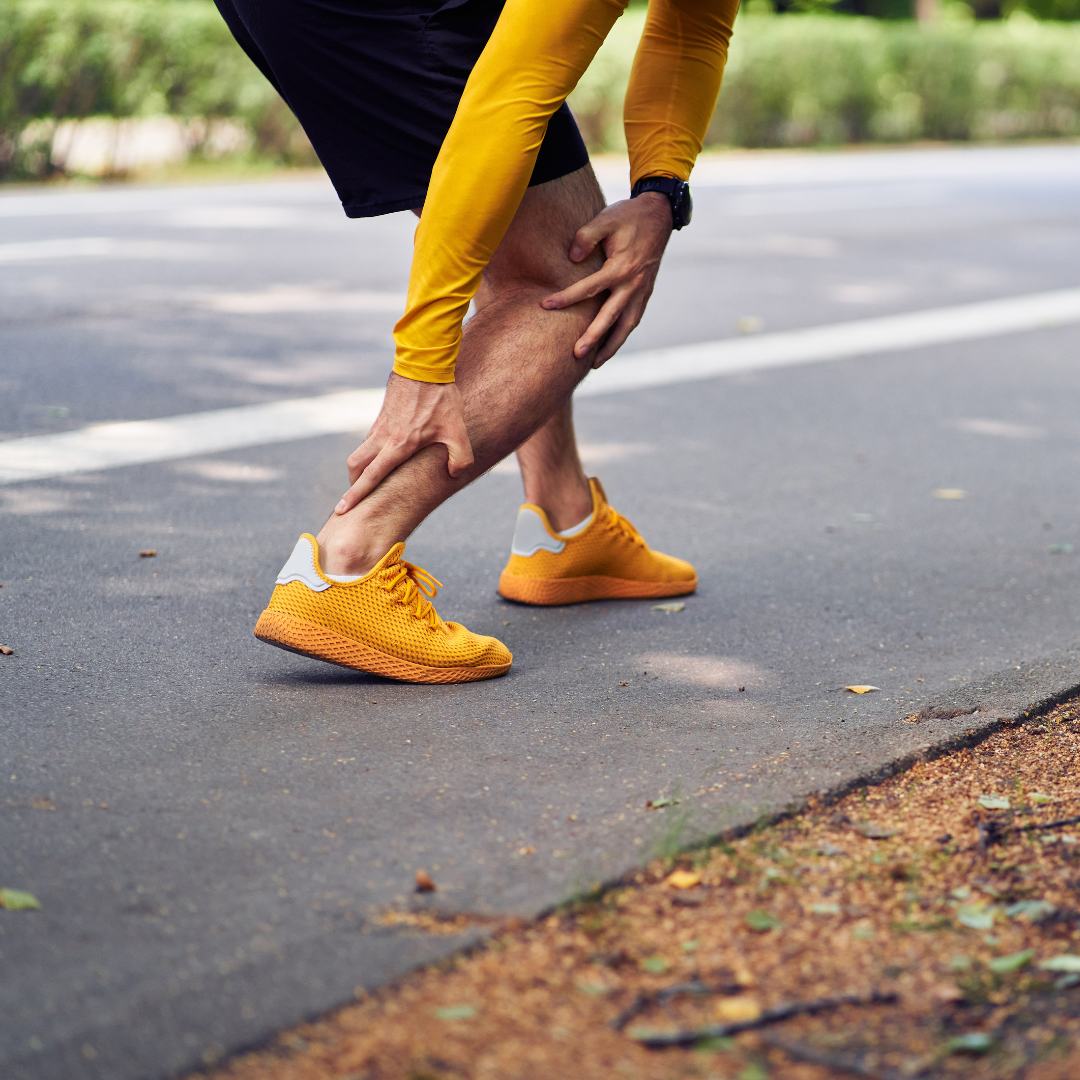
Journal of Sport and Heatlh Science | April 2024
Oral fluoroquinolones and the risk of Achilles tendon rupture
“Using nationwide Danish health register data, associations between fluoroquinolone use and elevated hazard rates of Achilles tendon rupture were found.“
Newsletter History
Applied Sports Science Weekly Digest #299
Frontiers in Sports and Active Living | May 2023Humans need only 200 ms to generate posture-specific muscle activation patterns for successful vertical jumps in reaction to an auditory trigger"Our findings suggest that the generation of muscle activation patterns...
Applied Sports Science Weekly Digest #298
Frontiers in Sports and Active Living | May 2023Training load comparison between small, medium, and large-sided games in professional football"Some sided games formats are more suitable for specific load-specific parameters (e.g., distance per minute, HSR,...
Applied Sports Science Weekly Digest #297
Frontiers in Sports and Active Living | May 2023Post-exercise rehydration: Comparing the efficacy of three commercial oral rehydration solutions"When provided in a volume equivalent to 125% of exercise-induced fluid loss, AA-ORS produced...
Research Articles
Suggested articles for further readingBODY COMPOSITION
Jackson, A and Pollock, M. Generalized equations for predicting body density of men. British Journal of Nutrition. 1978;40:497-504. Abstract
Siri, W. Body composition from fluid space and density. Brozek & A. Hanschel (Eds.), Techniques for measuring body composition. 1961;223-244. Abstract
Brozek, J, Grande, F, Anderson, J, and Keys, A. Densitometric analysis of body composition: Revision of some quantitative assumptions. Annals of the New York Academy of Sciences. 1963;110:113-140. Abstract
INJURY PREVENTION IN YOUTH ATHLETES
Chu, D., A. Faigenbaum, and J. Falkel. Progressive Polymetrics for Kids. Monterey, CA: Healthy Learning. 2006
Hewett, T. G. Myer, and K. Ford. Reducing knee and anterior cruciate ligament injuries among female athletes. J Knee Surg 18:82-88. 2005.
Micheli, L. Preventing injuries in sports: What the team physician needs to know. In: F.I.M.S. Team Physician Manual, 2nd ed., K. Chan, L. Micheli, A. Smith, C. Rolf, N. Bachl, W. Frontera, and T. Alenabi, eds. Hong Kong: CD Concept. 2006. pp. 555-572.
RPE (RATING OF PERCEIVED EXERTION)
Pandolf, K, Billings, D, Drolet, L, Pimental, N, and Sawka, M. Differentiated ratings of perceived exertion and various physiological responses during prolonged upper and lower body exercise. European Journal of Applied Physiology and Occupational Physiology. 1984;53:5-11. Abstract
Baden, D, McLean, T, Tucker, R, Noakes, T, and St Clair Gibson, A. Effect of anticipation during unknown or unexpected exercise duration on rating of perceived exertion, affect, and physiological function. J Sports Med. 2005;39:742-746. Abstract
SLEEP
For a more thorough list about sleep, check out Fatigue Science’s extensive research page.
Russel, C., PhD, J.A., PhD, Arand, D., PhD, Myers, L.J., PhD, Wubbels, P., BS, and Downs, H., PhD. Validation of the Fatigue Science Readiband™ Actigraph and Associated Sleep/Wake Classification Algorithms. Archinoetics, LLC.
Globe and Mail. The Globe and Mail, 31 Dec. 2014. Web. 13 Apr. 2015. Article
Mah CD; Mah KE; Kezirian EJ; Dement WC. The effects of sleep extension on the athletic performance of collegiate basketball players. SLEEP 2011;34(7):943-950.
GPS (GLOBAL POSITIONING SYSTEM)
Varley M, Fairweather I and Aughey R. Validity and reliability of GPS for measuring instantaneous velocity during acceleration, deceleration and constant motion. Journal of Sports Sciences. 2012;30(2):121-127. Abstract
Boyd L, Ball K and Aughey R. Quantifying external load in Australian football matches and training using accelerometers. I J Sports Phys and Perf. 2013;8(1):44-51. Abstract
Gabbett T. Quantifying the physical demands of collision sports; does microsensor technology measure what it claims to measure? J Strength and Conditioning Research. 2013;27(8):2319-2322. Abstract
HYDRATION
For a thorough list of publications about hydration, visit the Gatorade Sports Science Institute Publications page.
Osterberg, K, Horswill, C, and Baker, L. Pregame urine specific gravity and fluid intake by National Basketball Association players during competition. Journal of Athletic Training – J ATHL TRAINING. 2009 01-02;44(1):53-7. Abstract
Godek, S, Peduzzi, C, Burkholder, R, Condon, S, Dorshimer, G, and Bartolozzi, A. Sweat rates, sweat sodium concentrations, and sodium losses in 3 groups of professional football players. Journal of Athletic Training. 2010 Jul-Aug; 45(4): 364–371. Abstract
WELLNESS QUESTIONNAIRE
Hooper, S, Mackinnon, L. Monitoring overtraining in athletes: recommendations. Sports Med. 1995;20(5):321–327.
McLean, B, Coutts, A, Kelly, V, McGuigan, M, and Cormack, S. Neuromuscular, endocrine, and perceptual fatigue responses during different length between-match microcycles in professional rugby league players. International Journal of Sports Physiology and Performance. 2010;5:367-383. Abstract
HRV (HEART RATE VARIABILITY)
Holman, A and Ng, E. Heart rate variability predicts anti-tumor necrosis factor therapy response for inflammatory arthritis. Auton Neurosci. 2008;143:58-67. Abstract
Fomin, R and Nasedkin, V. Effective management of athlete preparation: a comprehensive approach to monitoring of athlete’s individual readiness. White paper, Omegawave, ePub. 2013.
FORCE PLATE
Linthorne, N. Analysis of standing vertical jumps using a force platform. American Journal of Physics. 2001. Abstract
Guillaume L, Wagner P, and Tombleson T. Countermovement jump height: gender and sport-specific differences in the force-time variables. Journal of Strength and Conditioning Research. 2013. Abstract
ithlete. Guide to training with heart rate variability (HRV). HRV Fit Ltd. 2012. Download
